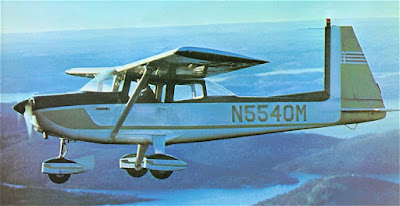BigBadLou
Final Approach
- Joined
- Aug 6, 2014
- Messages
- 5,166
- Location
- TX - the friendliest state
- Display Name
Display name:
Lou
This might sound like a silly question to some but since I have owned only two airplanes so far, I don't have much expertise in how others do it.
So I resort to asking the experts (and trolls) here.
In my old Piper, the nose wheel steering was pretty tightly linked to the rudder pedals so it was easy to steer (you depress a pedal and the airplane turns as you expect it to).
In my newer Cessna, the nose wheel steering is very loosely linked to the rudder pedals. If feels almost like somebody used just bungee cords. It then requires differential braking to make the airplane taxi where you need it to taxi. That, of course, is effective but less efficient. And while flying other Cessna's out there, the steering felt pretty much the same between all of them.
So I guess my brain is producing multiple questions here:
1. Why did Cessna engineers design the linkage this loose? (IOW: what might be the secret benefit of bad steering?)
2. How did they actually implement loose steering? (of course not bungee cords but maybe springs?)
3. How do people normally deal with the horrible shimmy this can produce on taxi?
Or am I just looking too deep? Will I just hear "that's how it's been the past 50 years, get used to it"?
Thanks in advance for any meaningful and useful responses.
So I resort to asking the experts (and trolls) here.
In my old Piper, the nose wheel steering was pretty tightly linked to the rudder pedals so it was easy to steer (you depress a pedal and the airplane turns as you expect it to).
In my newer Cessna, the nose wheel steering is very loosely linked to the rudder pedals. If feels almost like somebody used just bungee cords. It then requires differential braking to make the airplane taxi where you need it to taxi. That, of course, is effective but less efficient. And while flying other Cessna's out there, the steering felt pretty much the same between all of them.
So I guess my brain is producing multiple questions here:
1. Why did Cessna engineers design the linkage this loose? (IOW: what might be the secret benefit of bad steering?)
2. How did they actually implement loose steering? (of course not bungee cords but maybe springs?)
3. How do people normally deal with the horrible shimmy this can produce on taxi?
Or am I just looking too deep? Will I just hear "that's how it's been the past 50 years, get used to it"?
Thanks in advance for any meaningful and useful responses.


